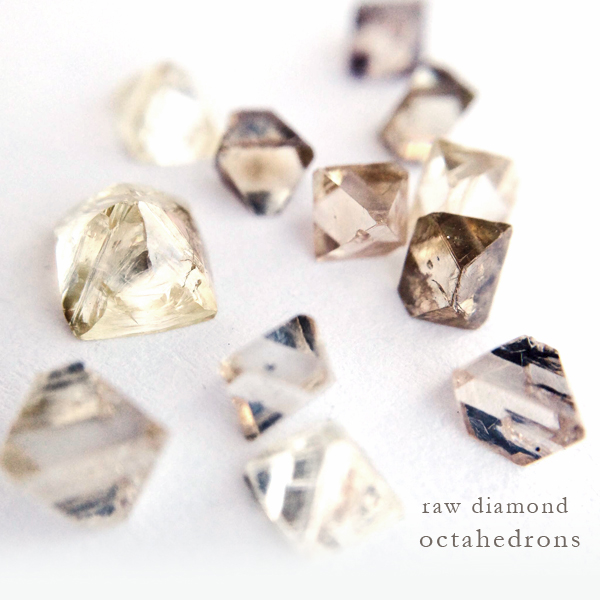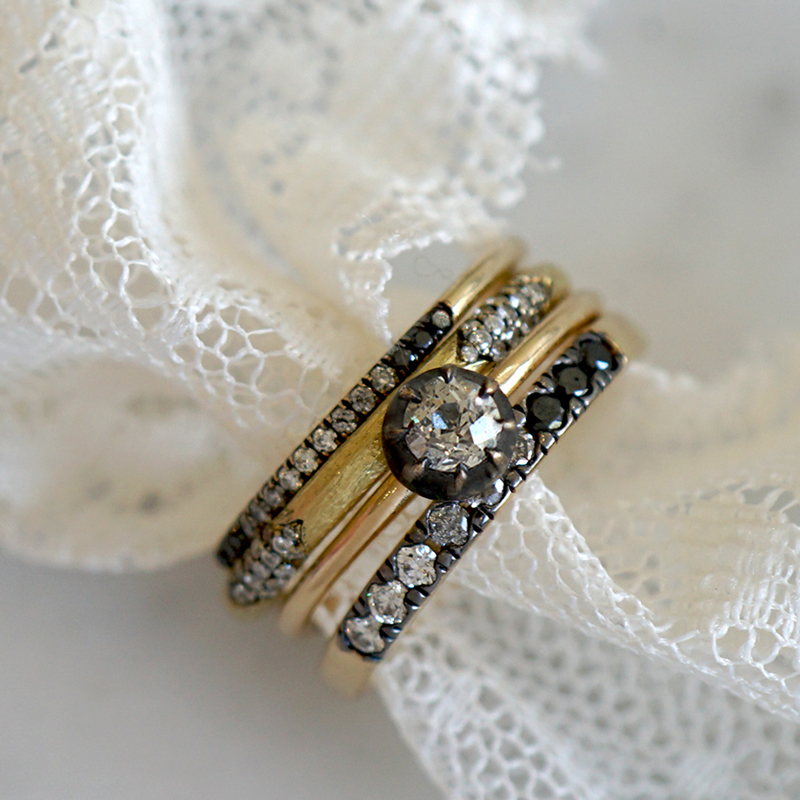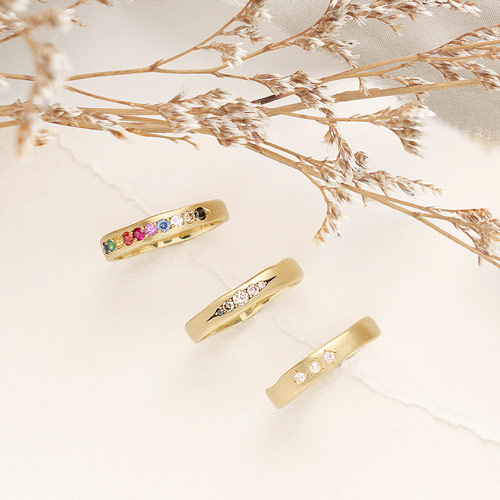
I recently enrolled in GIA’s gemology program. For many years I’ve been yearning to know more about the fascinating world of gems and diamonds, and these courses are absolutely amazing for anyone bitten by the gem bug! When I couldn’t stop the urge to spout off random gem facts to friends, family and anyone who would listen I thought it might be a nice time and the right place to share this passion with anyone who was ever curious and likewise fascinated by the amazing world of gems.
So here we are. A place to share and discuss cool facts and amazing discoveries about those sparkly objects, created by our earth and crafted by human hands, their amazing colors and optical properties, why they are so rare and special, the world of gemology, and of course the jewelry that highlights it all!
And with that, the journey begins. First stop, diamonds!
Diamonds are probably my favorite species of gem. In fact, I was told by my instructor, when one is discussing colored stones and diamonds, we call colored stones, “gems” and diamonds, “diamonds.” They ARE their own category! With due respect. Diamonds are the BOSS of the gem world… in my humble opinion. And why are diamonds so cool? Where do we begin…
Diamond Formation
Diamonds are formed in the earth’s mantle. Yes, mantle. Approx 120 miles deep into the earth, primarily centered under the earth’s oldest parts of its continental plates (cratons), when the right combination of heat and pressure mix with the right ingredient (carbon) a diamond was born. “Was” born is key, as the most recent diamonds have come to the earth’s surface over 20 MILLION years ago, and others as far back as 2.5 BILLION years ago. Pretty rare. What I found even more rare is that in order for diamonds to be transported to the earth’s surface, they essentially come up during a type of rock eruption. Instead of magma erupting in a volcano, a type of rock called kimberlite (or lamproite) is pushed up though the earth. And should this kimberlite happen to be traveling through a patch of diamonds, it might pick them up and take them along for the ride! As they progress higher and higher up, the pressure they are under decreases, allowing them to travel faster and faster. In fact, when they near the surface the speed of the eruption is about 186 mph! It’s this incredible speed that allows the diamonds to stay intact. If it was much slower, the prolonged lower pressure would cause the diamond to revert to another state of carbon- graphite!
And how can two seemingly very different things, graphite and a diamond, be composed of the very same thing?
The answer lies deep down, all the way to an atomic level. It’s the way its carbon atoms are bonded together. If you happen to remember, waaay back in chemistry class, about covalent bonds, a diamond’s 4 outer-most electrons share with its neighbors’ electrons, each of them completing a neighbor’s electron “shell” giving each atom a complete (stable) shell of 8 electrons. This is the strongest type of atomic bond- that explains why diamonds are so hard! The hardest, in fact, natural substance on earth! The only natural thing that can cut diamonds are other diamonds. Diamonds are formed when the atoms come together in a three dimensional tetrahedron, which when it repeats over and over often form an octahedral crystal. Whereas graphite’s atoms, due to the lesser pressure under which they formed, come together in sheets or layer. The bonds between each “layer” is weak, giving graphite its slippery nature.
Nature’s Geometry
What this all boils down to is, the fact that diamonds merely exist is truly rare and miraculous.
The rare circumstances in which diamonds, and colored stones, form as well as the fact that their outward appearance is a reflection of their innermost atomic arrangement is such a beautiful manifestation of science!
While most gems are a combination of various elements (Oxygen, Silicon, Aluminum…) I think of diamond as the purest because it is only one element, carbon. And how strange and poetic that carbon is also the basis of all life on this planet, isn’t it?
And on that musing note, I think that’s enough of a science lesson for a Saturday! Let me know if any other of you gem bugs have more questions about diamonds or any other colored stones. I’ll do my best to answer, and definitely don’t mind any extra gem research!





































